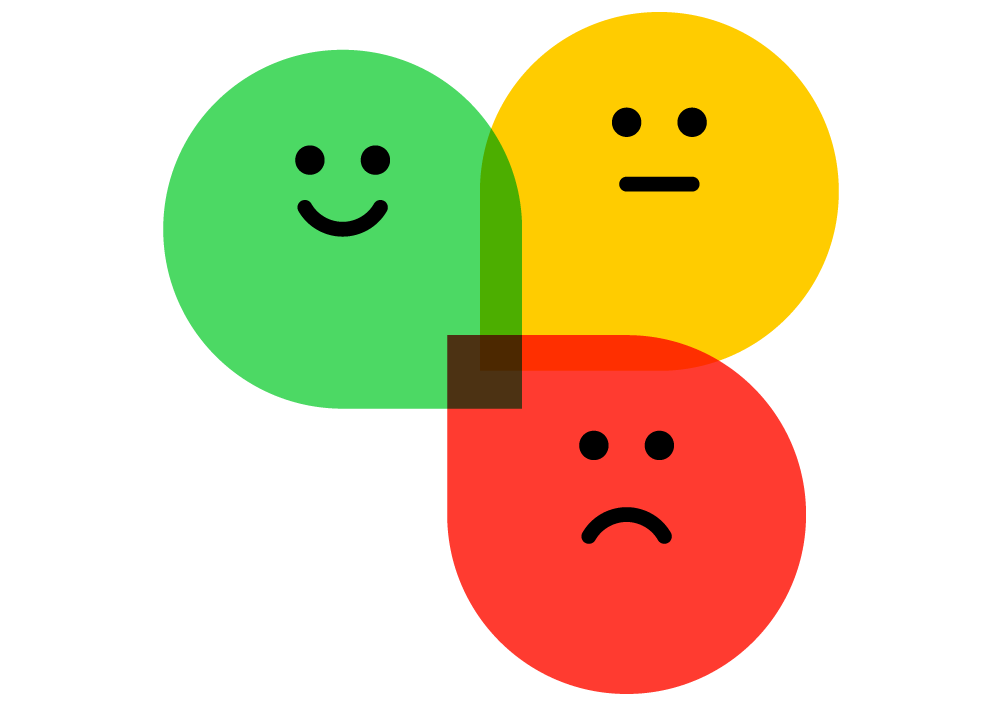The Benefits of Merging Traditional and Digital Communications in Contact Centers
by Erina Suzuki | Published On December 18, 2023 | Last Updated March 6, 2025

Isolated contact center solutions are expensive for businesses and make it harder to meet changing customer needs.
With the contact center market projected to reach $496 billion by 2027, integrating traditional and digital communication channels is vital.
Currently, 87% of customers expect brands to provide a seamless, unified customer experience. In this context, the development of integrated contact center solutions is imperative for maintaining excellent customer experiences, enhancing workplace satisfaction, and ensuring sustainable growth in a connected world.
Such integrated systems are no longer a luxury but a necessity in the dynamic landscape of customer communications. Continue reading this blog to learn about the key differences between traditional and digital communications, and the importance and value of merging these channels in today’s digital age.
Key Differences Between Traditional and Digital Communication
Medium: Traditional communication relies on physical mediums, face-to-face interaction, or voice communication like phone calls, while digital communication occurs electronically through digital devices and networks.
Speed: Digital communication offers faster transmission of messages compared to traditional methods, which may involve delays associated with physical transportation or processing.
Reach: Digital communication channels can reach a broader audience instantaneously, transcending geographical boundaries, while traditional methods may have limited reach and require physical proximity.
Interactivity: Digital communication platforms often provide greater interactivity and engagement opportunities, allowing users to interact in real-time, share multimedia content, and participate in online communities. In contrast, traditional methods may offer limited interactivity and rely on one-way communication.
Cost: Digital communication can be more cost-effective than traditional methods, particularly for long-distance or international communication, as it eliminates the need for postage, printing, or travel expenses.
Permanence: Digital communication leaves a digital footprint that can be archived, searched, and retrieved easily, while traditional communication is often more temporary and can degrade over time.
Traditional vs. Digital: Understanding the Shift
Traditional communication channels like phone calls and face-to-face meetings have historically anchored customer service. However, the rise of digital channels - including chatbots, email, mobile apps, and social media - now plays a crucial role in customer interactions.
Modern businesses must integrate both traditional and digital channels to meet diverse customer preferences effectively. Relying solely on traditional methods may overlook the efficiency and reach of digital platforms, while an exclusive focus on digital can miss the personal touch of traditional methods.
A strategic blend of both ensures a versatile, all-encompassing customer service approach, essential in today's multifaceted communication environment.
The Role of Modern Contact Center Solutions
In today’s fast-paced world, businesses must be accessible to customers no matter when or where they are, whether that's through a phone call, an email, a text message, or social media. Modern contact center solutions, like ComputerTalk's ice Contact Center, play a critical role in today's customer service landscape by bridging traditional and digital communication methods. These integrated systems allow agents to act as vital links between customers and various business functions, providing essential feedback and data-driven insights.
As customer inquiries become more complex, these contact center solutions empower agents with advanced skill sets and immediate access to Customer Relationship Management (CRM) data, enhancing problem-solving capabilities. CRM integration allows agents to access comprehensive customer data, including previous interactions, purchase history, and personal preferences. With this information at their fingertips, agents can provide personalized service and resolve issues more efficiently. Additionally, intelligent routing and diverse channels like video chat are employed to optimize customer interactions.
Such integrated digital contact centers are essential in managing complex customer service demands, ensuring efficient, adaptable, and comprehensive service delivery in the modern era.
Benefits of Merging Traditional and Digital Communication Channels
Responsive and Personalized Customer Service
Integrating traditional (phone and face-to-face) and digital channels (chatbots and email) significantly transforms the customer experience. 62% of customers expect experiences to fluidly transition between physical and digital spaces.
This blending satisfies diverse customer preferences. In turn, this provides effective customer interactions whether through direct human contact or digital ease. The result is not just a responsive service but also personalized interactions, leading to higher customer satisfaction.
Unified Brand Communication
A harmonized approach strengthens brand identity. Such an approach ensures messaging, tone, and information quality remain consistent across all channels, whether it's through phone conversations, in-person interactions, or digital platforms like email and social media.
This consistency is vital for reinforcing the brand's ethos and values, ensuring that customers have a predictable and reliable experience regardless of their chosen mode of communication. It's a strategic practice that involves aligning communication strategies across various departments to present a cohesive brand image.
Maintaining this uniformity helps in building customer trust and loyalty, which are crucial for nurturing long-term relationships and fostering brand advocacy.
Data-Driven Insights
Businesses gain a 360-degree view of customer behavior and preferences by aggregating data from diverse sources like phone interactions, in-store experiences, online chat histories, and social media engagements.
This extensive, multidimensional data pool is invaluable for advanced analytics and machine learning algorithms. These algorithms can discern patterns and trends that might be invisible in simple data sets. Such comprehensive analysis further facilitates more targeted and personalized marketing strategies that can enhance customer engagement and conversion rates.
Companies with access to such data are able to predict future trends and adjust their strategies proactively. This enables them to stay ahead of market shifts and align closely with their customers' evolving expectations.
How to Prepare Contact Center Agents for the Change
Preparing for the shift towards a unified customer experience, blending traditional and digital communication channels, includes a significant transformation in the role of contact center agents. As businesses move to integrate these channels, agents become crucial in this new, omnichannel environment. Their ability to navigate both traditional (phone and face-to-face) and digital (chatbots, emails, and social media) platforms is equally critical. Such dual competency ensures seamless customer engagement, regardless of the communication medium.
Comprehensive agent training programs should extend beyond conventional phone skills, incorporating proficiency in digital platforms like chatbots, emails, and social media. It's not just about technical know-how; agents need to be adept in utilizing these platforms to engage customers effectively. This requires a deep understanding of the nuances and expectations of each channel. For example, the tone and approach in an email may differ significantly from a phone conversation, therefore agents must adapt accordingly.
However, amidst this digital transformation, maintaining a human touch in customer interactions is paramount. Digital omnichannel communications, while efficient and broad-reaching, can sometimes lack the personal connection that traditional methods provide. Training agents to include empathy and personalization in these digital interactions becomes a unique and valued skill. It's about striking a balance between technological efficiency and the nuances of human interaction. Agents need to be skilled in providing a caring and responsive service, whether interacting face-to-face, over the phone, or through a digital platform.
Conclusion
Integrated digital contact centers will increasingly become the norm, where AI-driven insights and human empathy unite to offer unparalleled service experiences. Businesses, therefore, need to stay ahead of these trends, preparing for a future where communication strategies are constantly evolving. They must not just meet customer expectations but exceed them, fostering long-term loyalty and driving growth. Learn more ways to enhance your communication with traditional and digital channels.
More from our blog
 AI promises to transform contact centers with smarter routing, faster responses, and better customer experiences - but success isn't guaranteed. This article explores why so many AI projects fail and how leaders can fix the issues before they derail results....
AI promises to transform contact centers with smarter routing, faster responses, and better customer experiences - but success isn't guaranteed. This article explores why so many AI projects fail and how leaders can fix the issues before they derail results....
 At ComputerTalk, we’re not just contact center providers; we’re customers too. We know firsthand the frustrations that come with reaching out to a business’ customer service team.
At ComputerTalk, we’re not just contact center providers; we’re customers too. We know firsthand the frustrations that come with reaching out to a business’ customer service team.
 Ignite is an annual conference for developers and IT professionals hosted by Microsoft.
Ignite is an annual conference for developers and IT professionals hosted by Microsoft.




